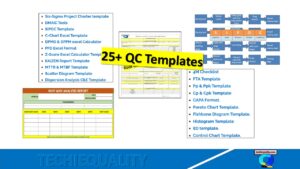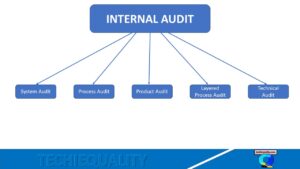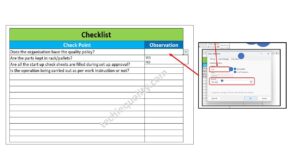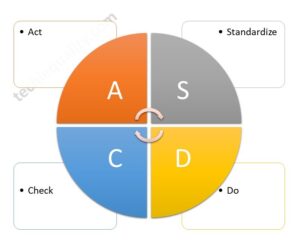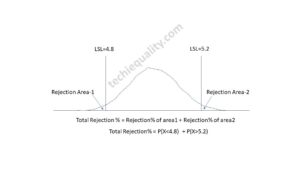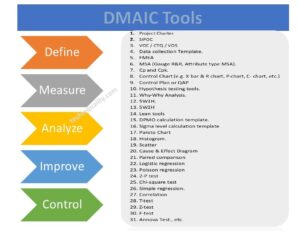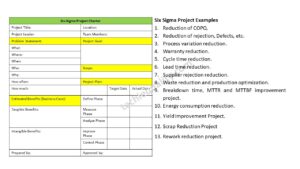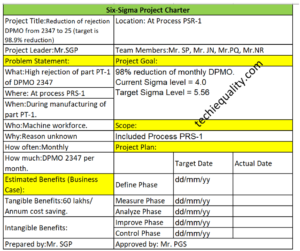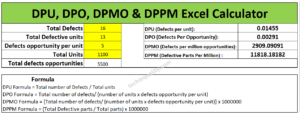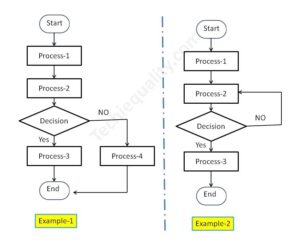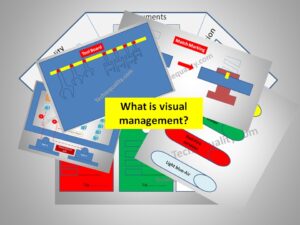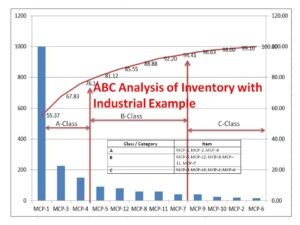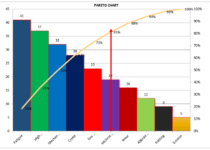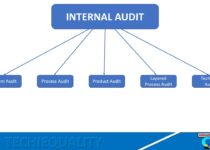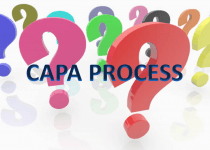Turtle Diagram Example | QMS Standard Requirement | Free Template | Format
Turtle Diagram Example | QMS Standard Requirement | Free Template |Format:
Hi readers! Today, we will discuss on various types of turtle diagram example of the manufacturing process, incoming inspection process, internal auditing process and pre-dispatch inspection process, etc. and also we have provided the link for the sample template/ format of the turtle diagram in below. Just download the format and customize it according to your process requirements.
DOWNLOAD– Sample Turtle Diagram Template/format.
Turtle Diagram:
The turtle diagram is a visual tool that is generally used to represent details elements of a process like input, output, method, resources, performance, etc. it helps to improve the process performance. In many industries they are using the turtle diagram for process details and interaction, mapping, etc. so it’s a very useful and popular visual tool.
QMS Standard (ISO 9001 & IATF 16949) Requirement w.r.t Turtle Diagram:
The turtle diagram is not a mandatory requirement of QMS standards like ISO 9001 and IATF 16949, but you can use this diagram to represent the process details like the process’s method, resource requirement, process measurement, process interaction, input and output of the process, etc. To comply the clause-4.4.1 of the QMS standard (ISO 9001 & IATF 16949) requirement, many organizations have implemented the Turtle diagram but there is so many other diagrams also exist that you can use like Matrix, Flow charts, process mapping, SIPOC, etc. but Turtle Diagram is a very useful and easy diagram so that, many organization is being used it.
How to Implement Turtle Diagrams in the Manufacturing Industry? And Nomenclature:
Before discussing of implementation of the Turtle Diagram, we have to illustrate the terms related Turtle Diagram, first. If your organization is certified with QMS standards like ISO 9001 and IATF 16949 Then, you are compulsory to comply with the standard requirement of clause 4.4.1, To do so, you may prepare a turtle diagram but you can represent it in other ways as well. But the Turtle Diagram is a frequently used diagram and very easy to use. So, here we are going to describe it in detail.
As you know that in the wide range the QMS standard asked for process details like Process interaction, Input of process, Output of process, resources, methods, and Process results, etc.
Note, that a Turtle diagram is not a mandatory requirement of the standard to represent the process requirement, but you can prepare it to do so.
Nomenclature of Turtle Diagram:
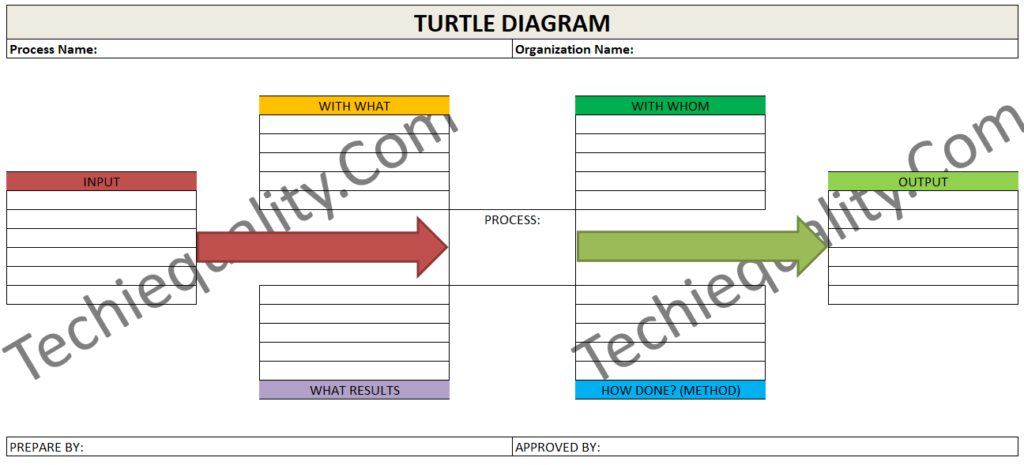
In the above Turtle Diagram, we have divided resources into two categories like [1] With Whom [2] With What. Details of Each and every category are mentioned below.
With Whom: It is nothing but its talk about the people (Personnel) involved with the Process.
With What: Resources requirement to execute the process like infrastructure, Machine, instrument, equipment, material, etc.
How Done: Method, Phases how to complete the process in successfully. For example, a list of documents like Procedures, Work instructions, test methods, specifications, drawings, etc.
What Result: Process-related objectives and targets, monitoring and measurement-related results, etc.
Input: Details of process requirement.
Output: Process output.
How to Implement Turtle Diagram in Manufacturing Industry?
Here, I’m going to share my own experience regarding turtle diagram implementation with an industrial example. Two years back, when our organization thought about QMS certification, Our MR has prepared QMS implementation Roadmap and he has given me one important responsibility for preparing the documentation and implementation of ISO/IATF clause 4.4.1 requirement for the Incoming material inspection process and they have imparted training on this subject as well. I think this is the right platform to share my own experience on it so that other can get benefits and they can prepare this diagram, also. But the requirement of ISO/IATF clause 4.4.1 documentation is fulfilled by preparing various docs. But turtle diagram is one of them, but the turtle diagram is not a mandatory requirement of the standard. Anyway, I am going to share how to prepare the turtle diagram for the Incoming material Inspection Process.
Step By Step Process:
- Understand the process in detail by consulting with the pertinent process owner or head.
- List out the resource requirements, like trained personnel, inspector, infrastructure, machine, instrument, equipment, lighting facility, details input to execute the process, process method, SOP, other related support, Process results, and finally, the output of this process.
- After getting all the information, now it’s time to prepare the Turtle Diagram.
On the same subject (Incoming Material Inspection Process), we have prepared the Turtle Diagram for your easy understanding, just go through it.
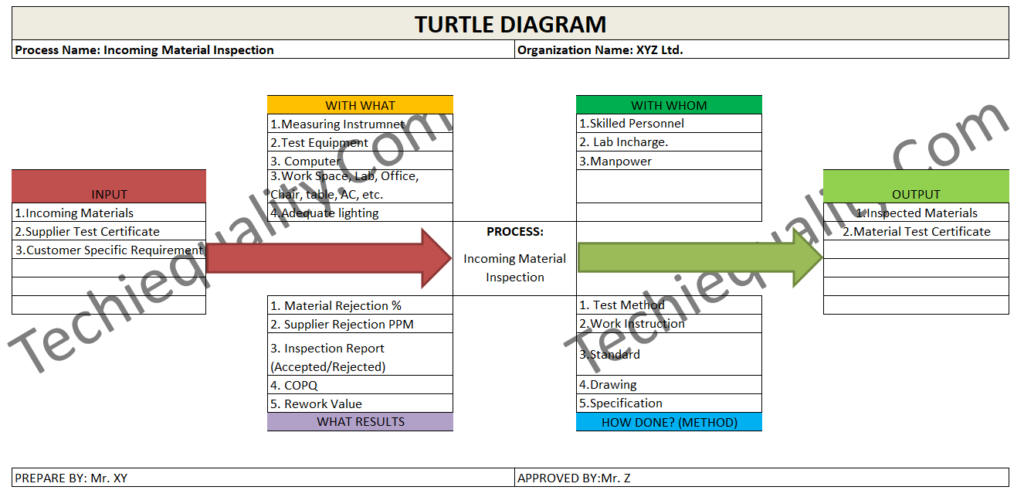
FAQ:
There is a misunderstanding in many organizations that the Turtle diagram is the mandatory requirement of QMS Standard to visualize the process details of each and every element.
But the one-line answer is “NO”, there is no such specific requirement for a turtle diagram. You can represent and fulfill the QMS standard requirement by your own principle as well. But many organizations are being used the Turtle Diagram.
Free Templates / Formats of QM: we have published some free templates or formats related to Quality Management with manufacturing / industrial practical examples for better understanding and learning. if you have not yet read these free template articles/posts then, you could visit our “Template/Format” section. Thanks for reading…keep visiting techiequality.com\
Useful Post:
Correlation analysis in excel |3 best method |step by step guide with example
How to Plot Scatter Diagram in Excel? |Guides with example | Interpretation
Scatter Diagram Template |Industrial Example |Download Excel Format
More on TECHIEQUALITY
